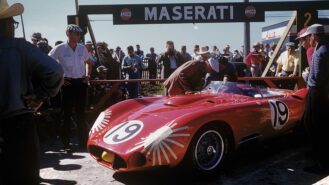
Maserati 450S book review: Modena’s heavy hitter
“When she didn’t break, she won.” That’s the frustrating summary of the career of Maserati’s big, booming 450S, the Modena firm’s contender in the 1957 World Sportscar Championship. Scarily fast,…
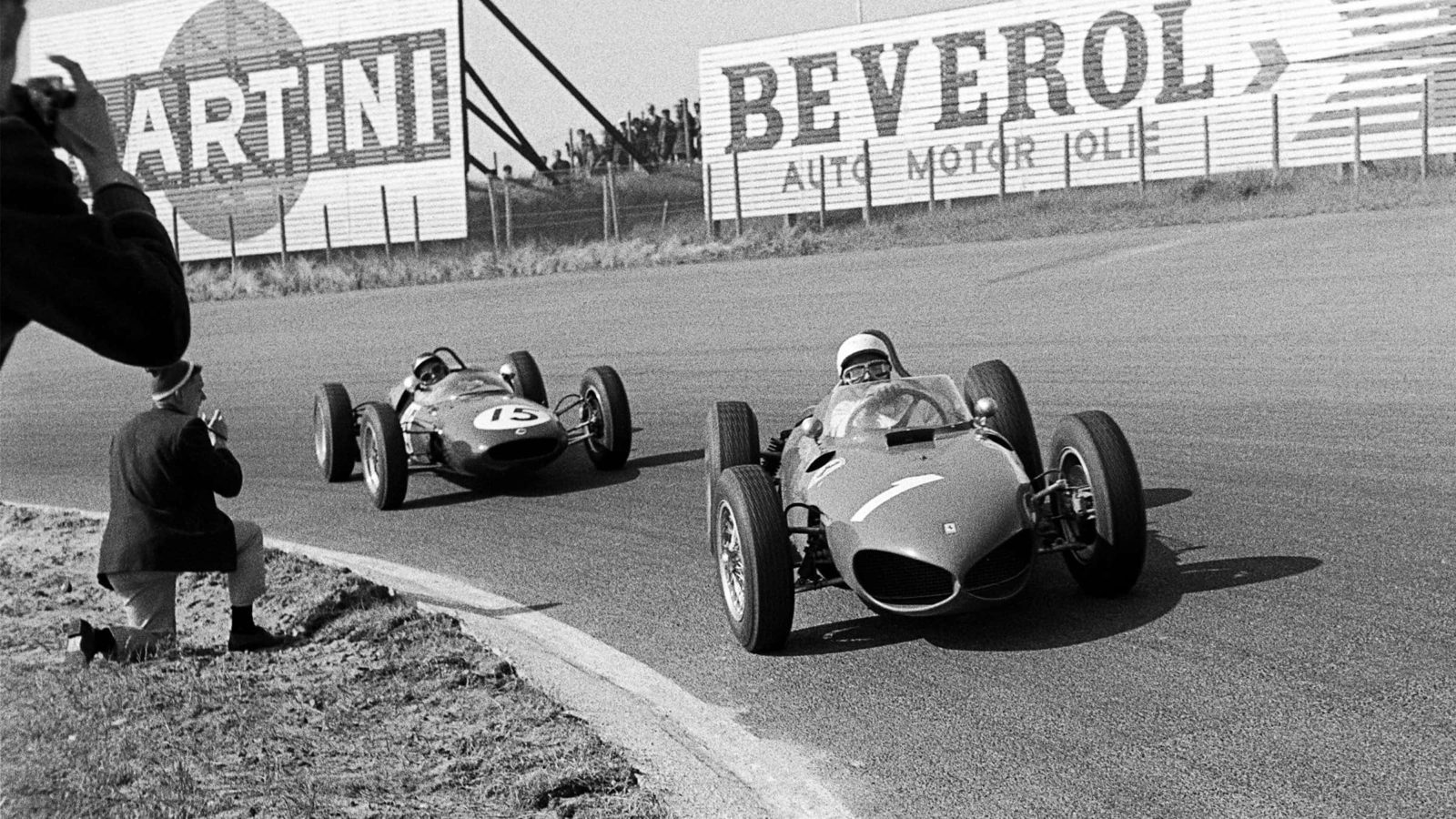
Phil Hill’s 156 is harried by Jim Clark’s Lotus at Zandvoort in 1961 – a dominant Ferrari year.
Getty Images
Hallowed. A good way of avoiding the overused word ‘golden’ to pin down a period when everything looked at its finest, at least from our later viewpoint. That half a decade of Ferrari racing that William Huon picks out here covered some of the brightest, most remembered moments in a glorious career: the ‘Sharknose’, the unsurpassable 250 GTO, two F1 world championships and a run of Le Mans victories not matched for years – and also disruption and tragedy.
Can there be new things to say about such a well-recorded period? Maybe not, but there are different ways to tell the same story and different ways to illustrate it – which is the great strength of this volume. All the images are from the archive of Bernard Cahier, a master of the art from the 1950s to the 1980s, and they are a positive banquet. Every page offers more delights: a stark high-level shot of cars on the Monza banking; Richie Ginther and John Surtees grinning at each other on the Spa grid; Willy Mairesse marching in a line of officials explaining to Ludovico Scarfiotti how he has spun away a Targa Florio victory; Phil Hill in a deckchair eating chocolate in a messy pit garage.
Ferrari 1960-1965: The Hallowed Years
William Huon
Evro Publishing, £75
ISBN 9781910505816
Immersed in the racing world, Cahier had a knack of popping up at the perfect moment – or perhaps that encapsulates a great photographer’s skill to engineer the perfect moment. And sometimes the subject creates the moment – here is Wolfgang von Trips removing his gloves after winning the British Grand Prix at Aintree in 1961, noticing Cahier above the crowd and waving halloto him. It was a time when drivers and photographers mingled in the same barsand hotels, and while there is brilliant photography today still, it can never have the genial ‘one of the gang’ atmosphere this book conveys so well.
Huon’s introduction tackles the ‘yet another book on Ferrari’ point head-on, saying, “I should like you to indulge me.” He goes on to explain that he saw these glorious years first-hand, living near the Reims circuit and travelling to many GP paddocks as a youth, inevitably for the time collecting autographs. There is a page in here with an impressive collection – Phil Hill, Tony Brooks Jackie Stewart and Bruce McLaren are just a few – and a photograph of Huon himself with Jim Clark at Albi in 1964. He watched Fangio drive his last race, at Reims in 1958, and later met our own Denis Jenkinson.
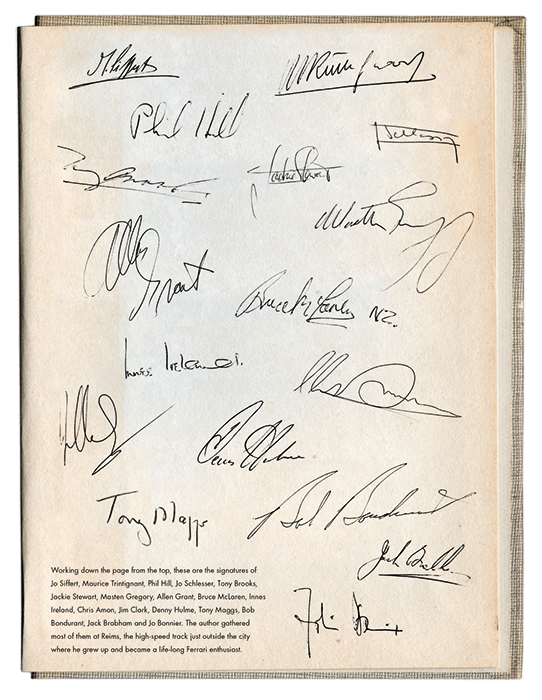
William Huon’s autograph collection
All this raised my hopes to read personal memories of the noise, the dust and the atmosphere experienced by an avid youngspectator at these legendary races, so it’s a shade disappointing not to find much of that. Still, given the large number of races and the tumultuous period covered, Huon does a fine job, covering every race in a fecund period complete with results and figures without drowning the reader, and offering pen portraits of the great drivers Enzo employed.
It’s comprehensive and approachable, benefiting from a fluid translation from the French by David Waldron, long-time Le Mans commentator, to produce an invigorating journey back to a time when the Cavallino Rampante soared and sometimes wallowed, finding its way into the mid-engined era. One for collectors, but one you’ll come back to.

“When she didn’t break, she won.” That’s the frustrating summary of the career of Maserati’s big, booming 450S, the Modena firm’s contender in the 1957 World Sportscar Championship. Scarily fast,…
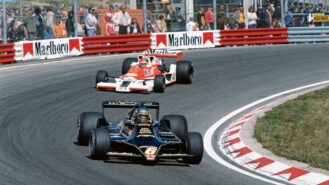
You can tell from the pale orange endpapers that this is going to be presented with some style, and it is. Palawan style, with groovy covers and a smart box…
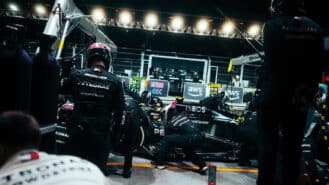
Now meet the team From tyre engineers to pit mechanics, this new book offers a glimpse of Formula 1’s rarely noticed behind-the-scenes grafters It is a truism that…
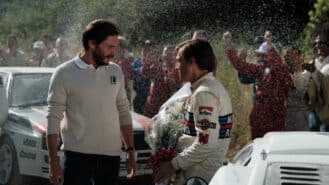
In the wake of Ferrari, here’s another racing movie. They’re like buses. But while one can imagine the pitch for a story revolving around the ‘terrible joys’ of Enzo Ferrari,…
Last year’s victory for Ferrari at Le Mans broke a long drought for the marque, at least as regards making P1. But many a Ferrari has been seen not only…
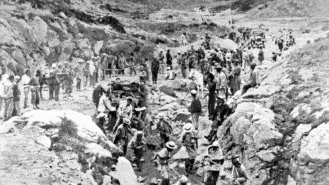
Radio 4 listeners may have heard some of The Race to the Future – it was Book of the Week – but those 15-minute tranches gave little hint of how…
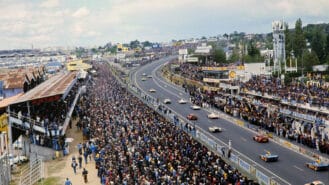
Planning a book covering this significant century can’t have been easy, but this quadruple-authored book takes a bold approach, dividing into multiple short sections livened by bold graphics and diagrams.…
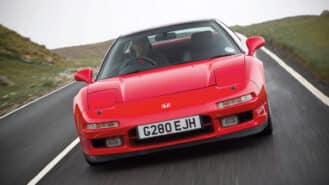
Type R is Honda’s performance label and in these two large volumes Lionel Lucas takes us through the whole story of a Japanese firm’s search for speed from efficient road…
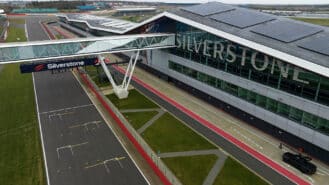
Drivers, designers and authors held forth at the first Motoring Literary & Art Festival at Silverstone last weekend, with fans getting to hear some of racing’s greatest stories
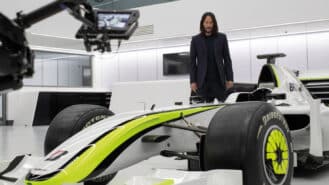
The 2009 Formula 1 season might have felt like a blockbuster unfolding before your eyes and it has now been given the cinematic treatment it deserves in a new Disney…
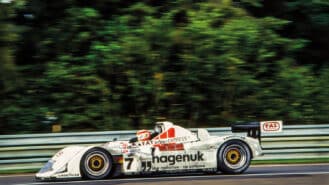
You could hardly have a more confusing history than this chassis, with its roots in a Jaguar sports-racer which then carried the Stuttgart crest to victory in three races, two…
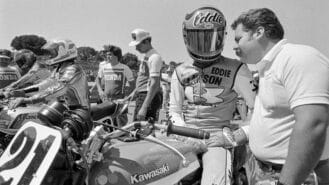
An amazing new photo book examines the wild, early days of American superbike racing, which eventually led to the MotoGP championship